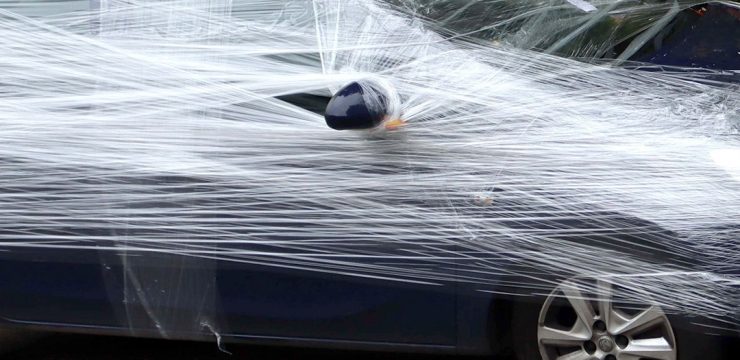Have you ever wondered why mountain roads twist and turn instead of following a direct, straight path? If a straight line is the shortest distance between two points, why not save on construction costs by building roads that way? The answer lies in both physics and safety.

The Science Behind Winding Mountain Roads
If you’ve driven in mountainous areas, you’ve probably noticed that roads are rarely straight. Instead, they wind back and forth, seemingly taking a longer route. While a straight road might seem more efficient on paper, there are crucial reasons why winding roads are the preferred choice.
Steep Gradients Are Hazardous
Imagine driving on a road that climbs sharply, almost vertically. Vehicles would struggle with traction, braking, and maintaining visibility. A steep ascent means drivers must constantly push the engine, leading to potential overheating or mechanical failure. Descending such a steep road would be even riskier, with excessive braking increasing the chance of brake failure.
Curved Roads Ease Stress for Drivers and Vehicles
In contrast, winding roads—also known as switchbacks—allow vehicles to navigate the mountain at a gentler gradient. This design reduces the strain on the car and makes it easier for the driver to maintain control. The curves give drivers more time to react and help maintain better visibility along the route.
Why Zigzag Roads Are Safer
Zigzag roads are not just easier on the vehicle; they are also safer for drivers. Straight uphill roads can lead to driver fatigue due to their monotonous nature. By keeping drivers engaged, curved roads help maintain focus, reducing the likelihood of accidents. Additionally, the curves force drivers to slow down, minimizing the risk of high-speed crashes.
Learning from Nature: Animals and Winding Paths
The concept of zigzag roads isn’t new. Ancient road builders often followed the paths animals would take up steep slopes. Animals like donkeys and mules would instinctively avoid steep paths, preferring a gentler incline of around 8 to 10 degrees. By following these natural paths, humans learned to create routes that were safer for animals and more manageable for travelers.
The Physics of Climbing: Energy Efficiency
From a scientific perspective, winding roads are all about energy efficiency. Climbing a steep, straight path requires significantly more energy than taking a gradual incline. The car’s engine must work harder to overcome gravity, leading to increased fuel consumption and wear on the vehicle. A winding road spreads the climb over a longer distance, reducing steepness and making the journey more energy-efficient.
Preventing Accidents: The Role of Curves
Another crucial factor is centripetal force. When navigating a curve, centripetal force helps keep the vehicle on the road, reducing the risk of skidding. On a straight, steep road, drivers have to rely heavily on their brakes, which can overheat and fail. By incorporating curves, road designers create a safer driving environment that encourages drivers to slow down and stay in control.
Better Visibility with Winding Roads
Visibility is another reason why winding roads are preferable. When driving uphill on a straight road, steep gradients can make it hard to see what lies ahead, leading to blind spots. In contrast, zigzag roads improve visibility, allowing drivers to see further ahead as they navigate each curve. This enhanced visibility makes for safer driving, especially in adverse weather conditions like fog, rain, or snow.
Conclusion: The Benefits of Winding Roads
While building roads straight up a mountain may seem like a simple, cost-effective solution, zigzag roads offer far more benefits. They reduce the steepness of the climb, make driving easier, and enhance safety by keeping drivers alert and vehicles under control. Winding roads also improve visibility, lower fuel consumption, and prevent accidents.
So, next time you’re navigating a winding mountain road, remember: those curves are there for a reason. They’re not just about scenic views—they’re about ensuring a safe, efficient, and manageable journey to the top, without unnecessary strain on you or your vehicle.





